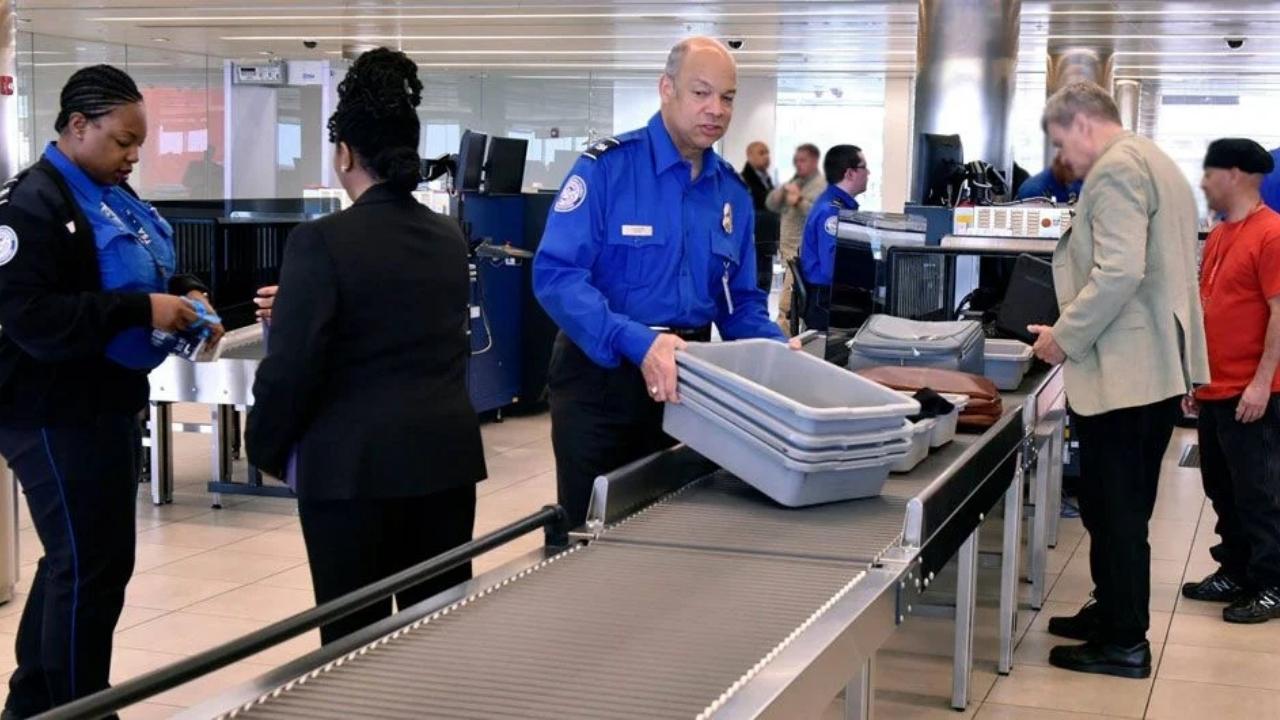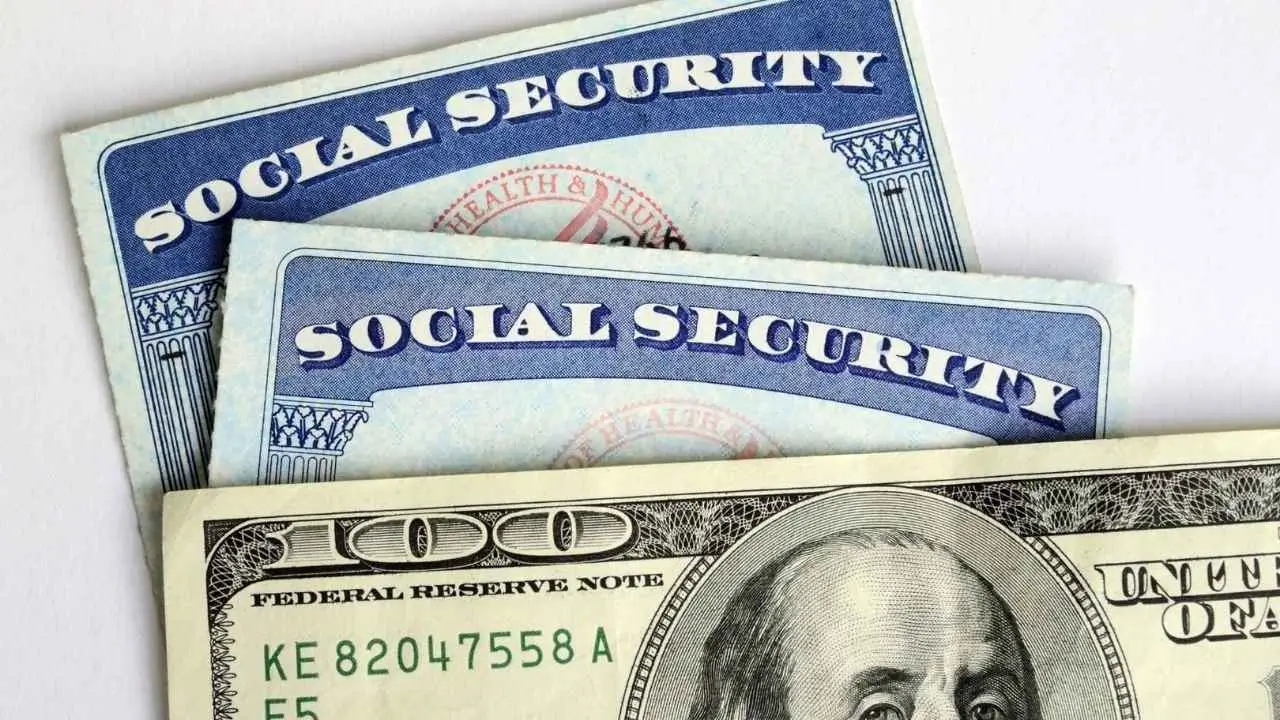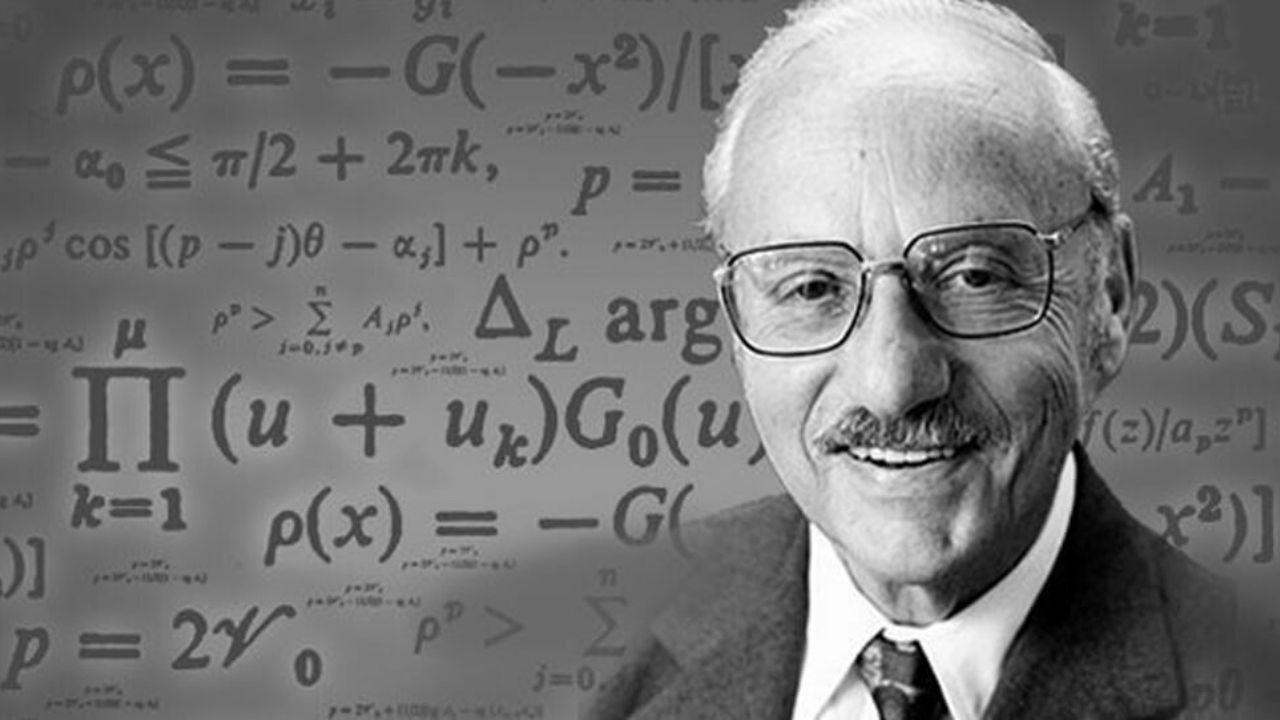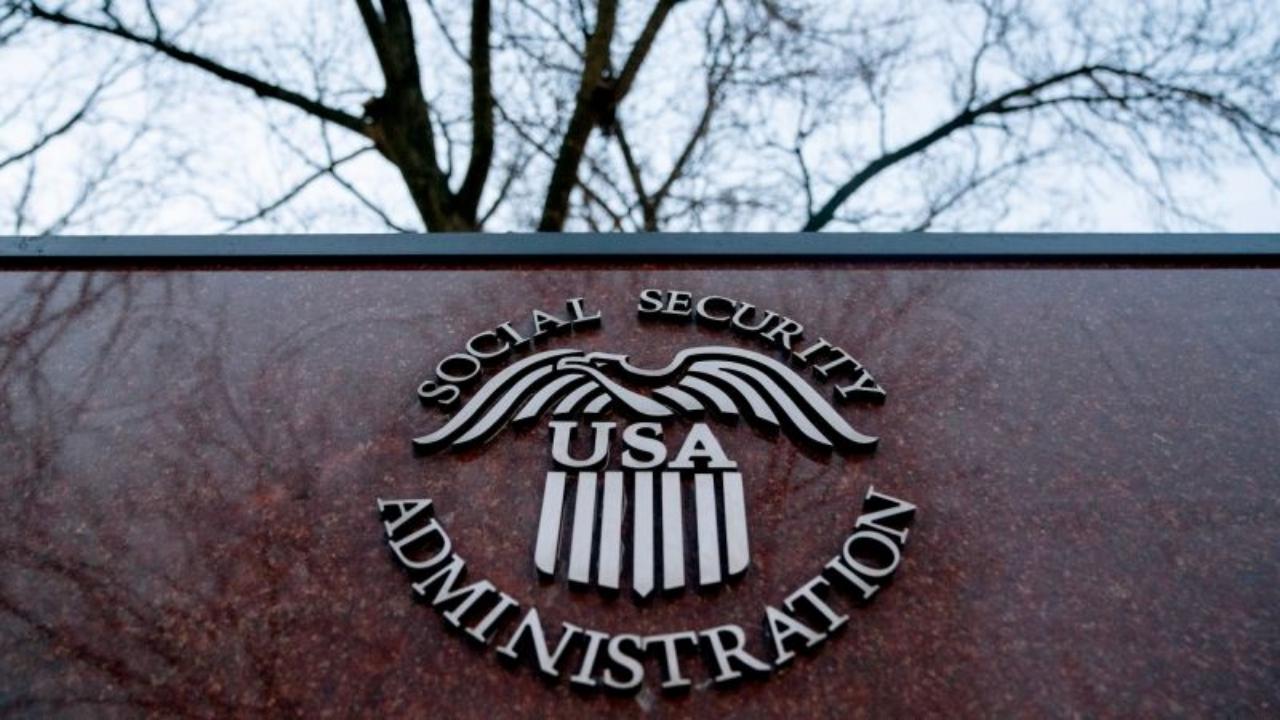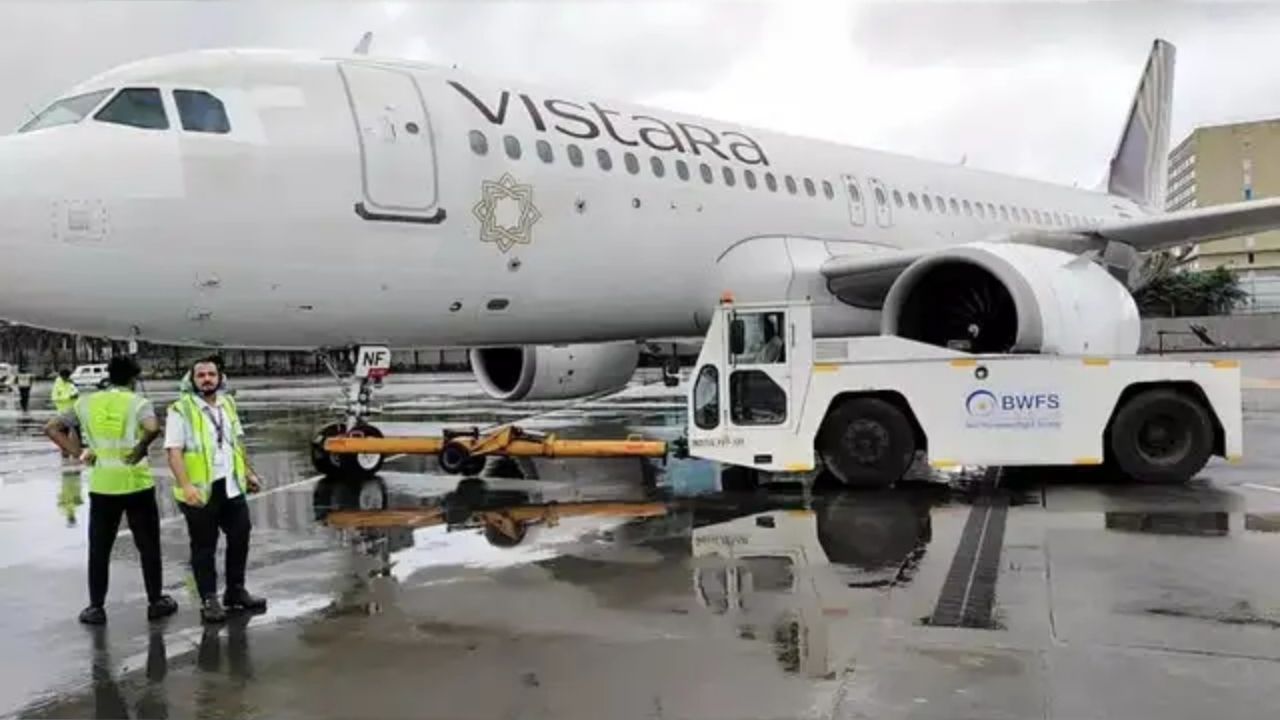The United States Transportation Security Administration (TSA) is enforcing restrictions on powder-like substances in carry-on luggage, a measure catching millions of travellers off guard. The TSA powder rule requires powders in containers larger than 350 mL (12 oz.) to be placed in checked baggage, creating potential delays and confusion at airport security checkpoints across the country.
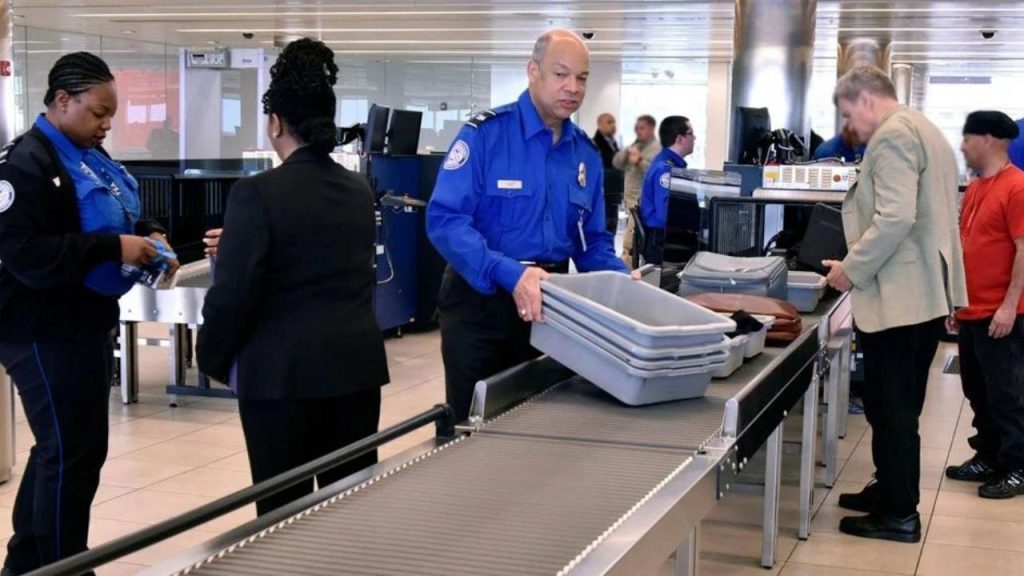
Key Rule Changes at a Glance
| Key Regulation | Details | Affected Items |
| Powder Volume Limit | Containers of powder-like substances larger than 350 mL (12 oz.) are restricted in carry-on bags. | Cosmetics, protein powders, ground coffee, spices, dry shampoo. |
| Screening Procedure | Restricted powders must be removed from carry-on bags for separate X-ray screening. | Any powder, regardless of size, may be subject to additional screening. |
| Official Recommendation | To avoid delays, travellers are advised to place all large powder containers in their checked luggage. | This applies to both domestic and international flights departing the US. |
| Source | Transportation Security Administration (TSA) | Official government guidance. |
What is the TSA Powder Rule and Why is it Being Enforced?
The regulation requires travellers to place powder-like substances in containers larger than 12 fluid ounces, or 350 millilitres, into their checked luggage. While this rule is not new, having been implemented in 2018, heightened enforcement and evolving security protocols are now causing significant disruption for passengers unfamiliar with the specifics.
The restrictions were introduced following intelligence about new terrorist threats. Specifically, they relate to attempts to conceal explosive components within consumer products. “We are seeing that terrorists are continuing to pursue innovative methods to attack the aviation sector,” a Department of Homeland Security official stated in a briefing when the measures were first considered. The rule aims to mitigate the risk of improvised explosive devices being brought aboard aircraft.
Unlike the well-known 3-1-1 rule for liquids, the TSA powder rule addresses a different type of security threat. Officials state that large quantities of powder can obstruct X-ray imaging, making it difficult for security officers to identify potential threats concealed within carry-on luggage.
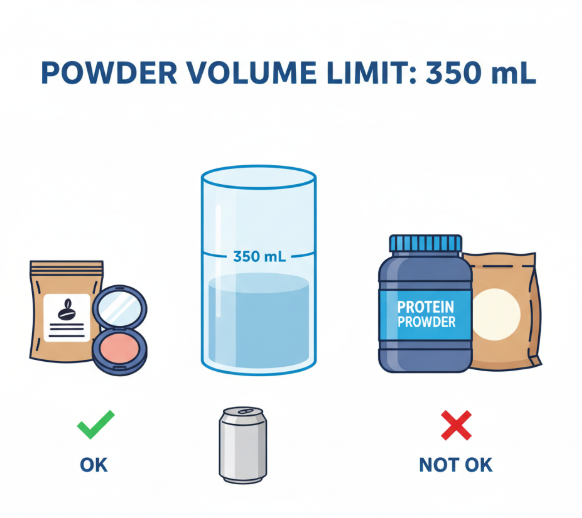
Which Products Are Affected by Carry-On Restrictions?
The term “powder-like substances” is intentionally broad, encompassing a wide range of common travel items. Travellers should be aware that security officers have the final discretion on what is permitted through the checkpoint.
Common Beauty and Food Items
Many popular beauty and food products fall under these carry-on restrictions. These frequently include:
- Loose or pressed makeup powders (foundation, setting powder, blush)
- Dry shampoo
- Dietary supplements and protein powders
- Ground coffee and tea
- Spices and seasonings
- Baby powder
“The challenge for passengers is that many of these items, especially protein powders or specialty cosmetics, are often sold in containers larger than the 350 mL limit,” commented Claire Ansley, a travel analyst at Global Travel Insights. “The key is to plan ahead, either by packing these in checked bags or purchasing travel-sized versions.”
Exemptions and Special Considerations
Certain powders are exempt from the volume limit, though they still require additional screening. These include medically necessary powders, baby formula, and human remains. Travellers carrying these items must declare them to TSA officers at the checkpoint and remove them from their carry-on bags for separate inspection. The TSA advises passengers to contact the agency directly through its “AskTSA” service on social media for questions about specific items.
How This Differs from the 3-1-1 Liquids Rule
It is crucial for travellers to distinguish the powder rule from the long-standing 3-1-1 liquids rule. The 3-1-1 rule pertains to liquids, aerosols, gels, creams, and pastes, which must be in containers of 3.4 ounces (100 millilitres) or less, and all containers must fit in one clear, quart-sized bag.
The TSA powder rule is a separate directive. While smaller containers of powder are permitted in carry-on bags, they may still be subject to screening and must be removed for inspection if the quantity is large enough to obstruct the view of security scanners. This distinction is a key source of confusion at airport security.
The most effective strategy for travellers is to place all non-essential powders and liquids in checked luggage. For those travelling with only a carry-on, investing in solid alternatives—such as stick foundations, bar shampoos, and solid perfumes—can help avoid complications at security.
As international travel continues to rebound, passengers are encouraged to check the official TSA website or their airline’s guidelines before packing. Security regulations are subject to change, and staying informed is the best defence against unexpected delays or the confiscation of personal items.
Bad News for Millions: 2.4 million Americans Set to Lose Food Stamps Under New Rules
Americans Are Raiding 401(k) Accounts for Cash — Why Experts Say It Should Be Your Last Resort
FAQs
1. Is the TSA powder rule a new regulation?
No, the rule was first implemented in June 2018. However, increased passenger volumes and evolving security protocols have led to more consistent enforcement, which is why it is now catching many travellers by surprise.
2. Does this rule apply to domestic flights within the United States?
Yes. While the directive was prompted by international threats, the TSA applies the same screening procedures for powders on both domestic and international flights. The agency strongly recommends placing powders over 350 mL in checked bags for all travel.
3. What happens if I bring a powder container larger than 350 mL in my carry-on?
You will be required to undergo additional screening. If the TSA officer cannot resolve the alarm or identify the substance, you may be asked to dispose of the item or place it in a checked bag if possible. The final decision rests with the on-site TSA officer.

